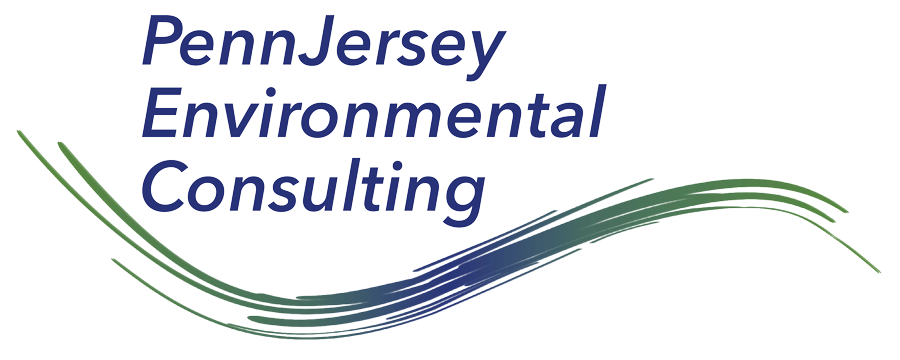NJ Licensed Site Remediation Professionals (LSRPs) should be familiar with the process to evaluate sources of alternative and clean fill material for remediation sites. However, the regulated community is often not as diligent about evaluating quarry sites as sources of clean fill for remediation sites.
The NJDEP’s Fill Material technical guidance states that a LSRP can rely on a self-certification from the quarry and a copy of its operating license issued by the appropriate state agency to import quarry soil. This can be risky for the LSRP and person responsible for conducting the remediation if a more detailed evaluation is not conducted.
As an example, while remediating a new high school facility, a LSRP reviewed two sources of clean quarry material proposed by the contractor for construction of a cap.
The first site was a rock crushing facility with “clean” sample results. The LSRP’s review found the proposed fill was sourced from three New York City sites, and not a quarry. One site was a former gas station with free gasoline product in the bedrock.
When the LSRP reviewed the second source, it was a quarry at a former industrial facility with an open remediation case, confirmed groundwater contamination, several former underground tanks and mapped historic fill.
Both sources were rejected, and a third quarry was ultimately identified after many headaches that could have been avoided.
NJDEP’s guidance does not address what to do if a quarry source is found to be suspect. LSRPs must use their independent professional judgment and derive multiple lines of evidence when approving a quarry fill source for clean fill at remediation sites.
A LSRP can review online mapping tools, site history, environmental reports, and NJ-GeoWeb and DEP-DataMiner to attempt to confirm the absence of NJDEP discharge incidents or cases at the quarry. Supplemental soil testing may be warranted to fill in any data gaps.
